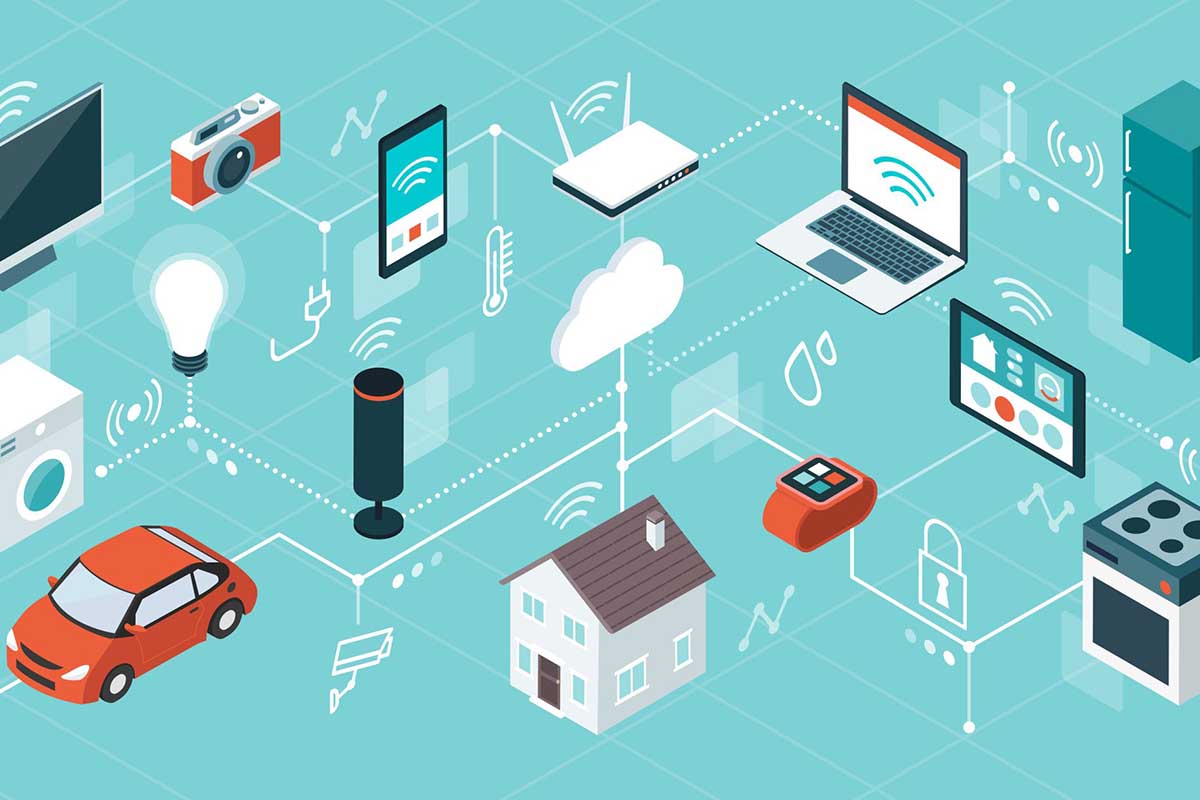The realms of augmentation and artificial intelligence (AI) both promise to revolutionize the way we interact with technology and the world. Though they often intersect, each serves a unique purpose and function. This article delves into their differences and contemplates the yardstick for measuring the human-likeness of AI.
Augmentation: Enhancing Human Capabilities
a. Definition
Augmentation refers to the enhancement of human capabilities using technology. The term often denotes tools, technologies, or processes that improve human efficiency, decision-making, or experience without necessarily making decisions on behalf of the user.
b. Examples
Wearable Tech: Devices like smart glasses or augmented reality headsets overlay digital information in the real world, aiding the user in various tasks.
Cognitive Augmentation: Tools that help individuals think or process information more efficiently, such as advanced calculators or mind-mapping software.
c. Key Characteristics
Complementary: Augmentation technologies work in tandem with human skills.
Dependent: They rely on human inputs and direction.
Enhancement: Their primary goal is to boost human capabilities, not to replace them.
Artificial Intelligence: Emulating Human Intelligence
a. Definition
Artificial Intelligence involves the creation of machines that can perform tasks requiring human intelligence. These machines, powered by algorithms and data, can learn from experience and make decisions independently.
b. Examples
Chatbots: Digital entities that can converse with users, answering queries or providing recommendations.
Predictive Analysis: Algorithms that analyze data to predict future trends, behaviors, or outcomes.
c. Key Characteristics
Autonomy: AI systems can operate and make decisions without continuous human intervention.
Learning: AI systems have the capability to learn from data, refine their operations, and improve over time.
Mimicry: They aim to replicate or emulate human-like thinking and decision-making.
Augmentation and AI: Points of Intersection
While they have distinct characteristics, there are areas where augmentation and AI converge. For instance, an augmented reality system might use AI to recognize objects in a user’s environment and provide relevant digital overlays. Despite these overlaps, it’s essential to understand their inherent differences in purpose and operation.
How Do We Measure if Artificial Intelligence is Acting Like a Human?
1. Turing Test
Proposed by the British mathematician Alan Turing in 1950, the Turing Test remains a seminal concept in the AI world. If a human evaluator cannot reliably distinguish between a machine and a human based on their responses to questions, the machine is considered to have demonstrated human-like intelligence.
2. Emotional Intelligence
Advanced AI systems are now being designed to recognize and respond to human emotions. Tools that can read facial expressions, voice tone, or body language and respond appropriately are deemed more “human-like.”
3. Creativity and Intuition
Historically, machines have been data-driven, relying on logic and rules. However, AI systems that can demonstrate creativity—such as creating art or music—or show intuition in decision-making mark significant steps towards human-like intelligence.
4. Ethical and Moral Reasoning
Human decisions are often influenced by ethical and moral considerations. AI systems that can understand and apply such principles in their decisions might be considered more human-like.
5. The Ability to Learn from Less Data
Humans often learn from a few examples, while traditional machine learning models require vast amounts of data. AI systems that can learn efficiently from fewer data points mirror human learning more closely.
6. Physical Interactions
Robots that can navigate the world, manipulate objects, and interact with their environment in a manner similar to humans also contribute to the “human-likeness” measure.
Making AI Smarter and More Personalized: A Comprehensive Guide
1. Making AI Smarter
a. Continuous Learning: Unlike traditional programming, where the system remains static after development, continuous learning involves AI systems that evolve by processing new data and adapting over time.
Feedback Loops: Integrate feedback mechanisms to let AI refine its algorithms based on outcomes.
Online Learning: Enable AI to learn in real-time as new data flows in.
b. Integrating Domain Knowledge: Domain knowledge refers to expert information specific to a particular field or industry.
Expert Systems: Combine AI with domain-specific rules and knowledge bases.
Collaboration: Partner with industry experts to refine and inform AI algorithms.
c. Expanding Neural Networks: Neural networks, inspired by human brains, are central to deep learning, a subset of AI.
Deep Neural Networks: Employ multiple layers in the neural network to process data in more depth.
Transfer Learning: Use pre-trained networks as a starting point and fine-tune them for specific tasks.
d. Hybrid Models: Combines various AI techniques to harness their collective strengths.
Fusion of Machine Learning and Rule-based Systems: While Machine Learning learns from data, rule-based systems follow pre-set logic. Combining the two can improve accuracy.
Incorporating Different AI Architectures: Merge convolutional neural networks (CNNs) for image data with recurrent neural networks (RNNs) for time series data, for instance.
2. Making AI More Personalized
a. User-Centric Data Collection: Gathering data tailored to individual users to provide more personalized AI-driven insights or recommendations.
Surveys and Feedback: Regularly solicit user feedback to understand their preferences.
Behavior Analysis: Monitor user interactions to refine AI models over time.
b. Dynamic Adaptation: AI systems that adapt in real-time based on user behavior or feedback.
Self-adjusting Algorithms: Algorithms that tweak themselves based on real-time feedback.
Personalization Engines: Use platforms designed to customize user experiences, such as personalized content recommendations.
c. Contextual Understanding: AI’s ability to recognize and utilize the context in which it’s operating.
Situation-aware Recommendations: For example, a music app might suggest upbeat songs during a workout and mellow tracks for bedtime.
Temporal Data Integration: Factor in time, season, or events to enhance AI’s context awareness.
d. Multimodal User Interfaces: Interfaces that combine multiple modes of input, like voice, text, or gestures, to understand user preferences better.
Integrated Virtual Assistants: Allow users to type, talk, or gesture to communicate with AI.
Sensory Inputs: Utilize cameras or microphones to gather more data about users for better personalization.
Conclusion
Augmentation and AI, though sometimes overlapping, serve different purposes in the technological landscape. While augmentation seeks to enhance human capabilities, AI endeavors to emulate human intelligence. As AI continues its march forward, our benchmarks for its “human-likeness” evolve. Whether it’s through cognitive tasks, emotional understanding, or physical interactions, the journey of AI towards achieving true human-like intelligence remains a thrilling frontier in the world of technology.




